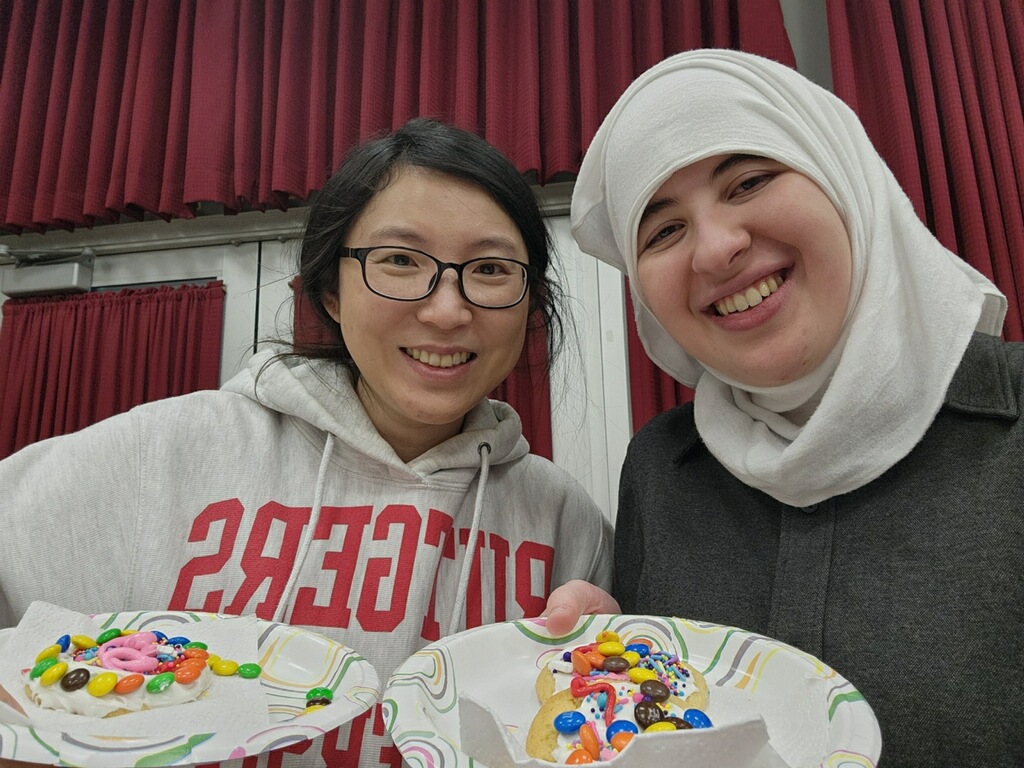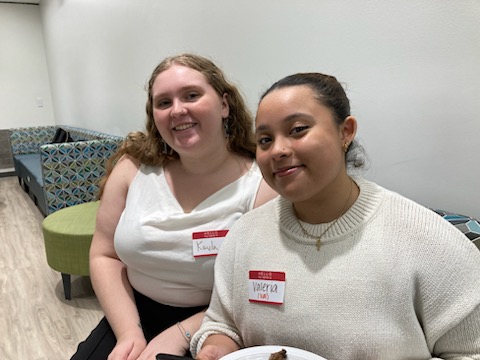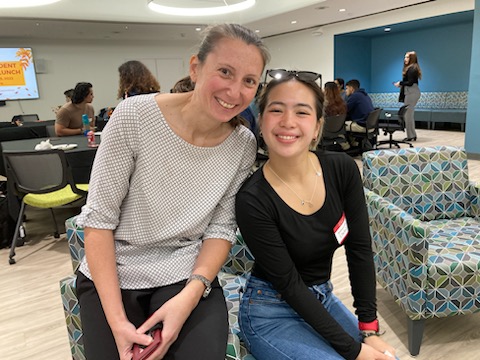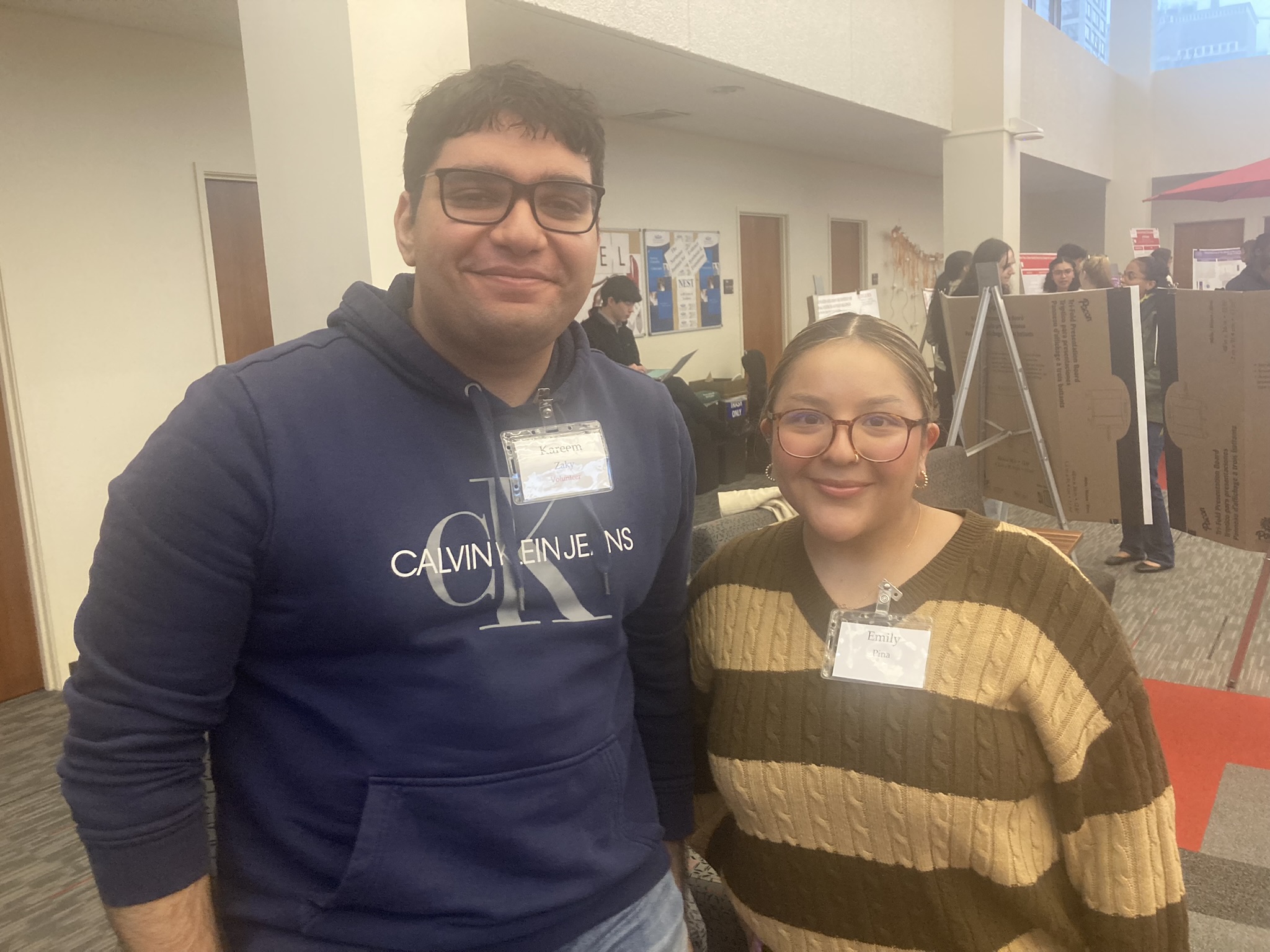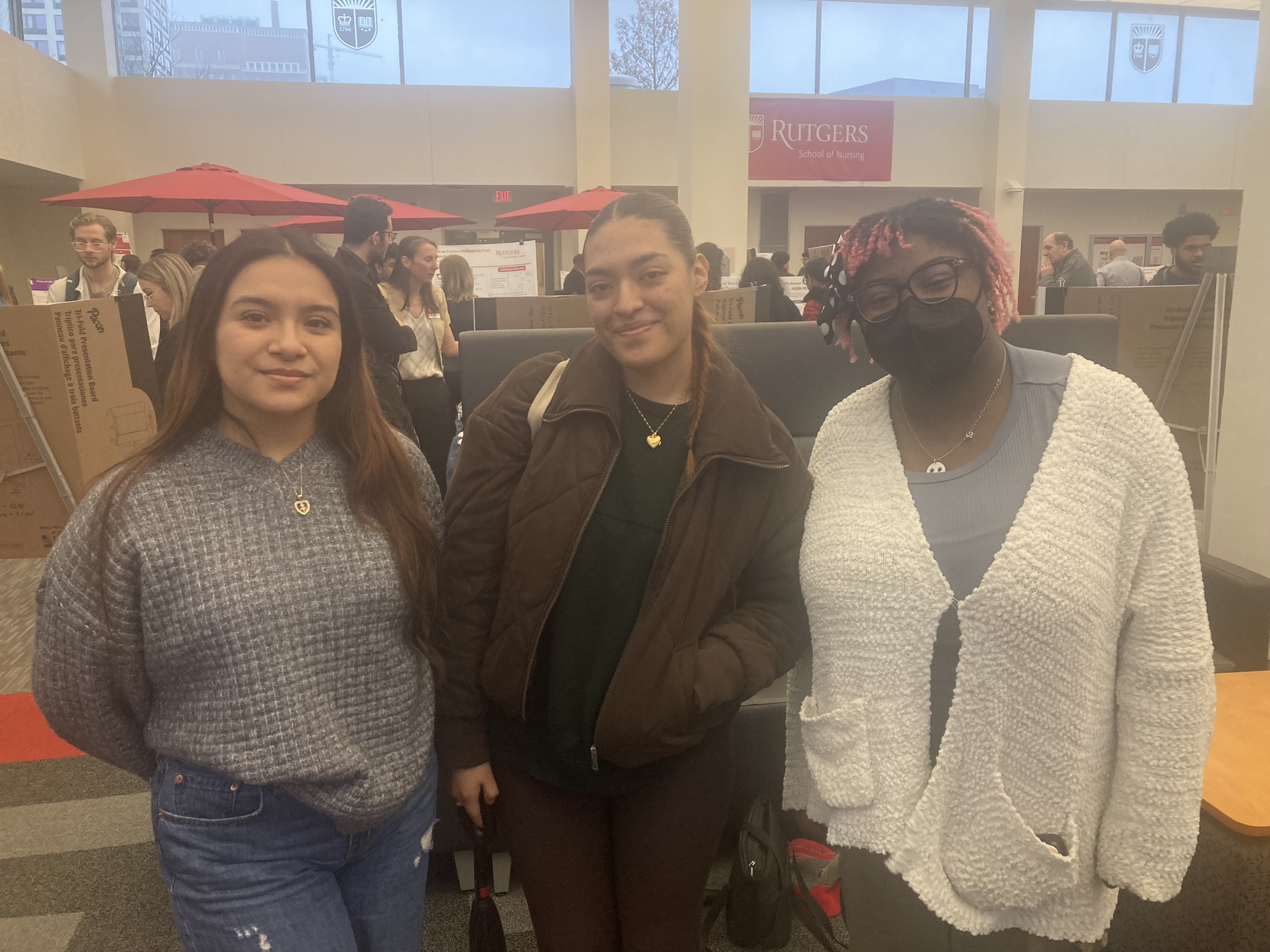University Avenue + Warren Street (ID #19051)
I live in Jersey City, sometimes referred to as the “Sixth Borough.” It is an interesting distinction due to the fact that Jersey City exists in New Jersey, rather than New York. It might be a sense of validation for those that have NJ/NY in their social media profiles to make themselves feel like they are part of the New York social sphere. However, one thing that has influenced my life both at home and here at Rutgers, is the public transit system. I have taken the bus since I was a little child, so I have a personal connection to it. The New Jersey Transit bus fleet once consisted of RTS Nova and Flexible buses, and now it consists of NABIs and New Flyers. Newark is a spectacle when it comes to public transit. Right on University Avenue, there are several bus lines that pass through and during rush hour, it is not uncommon to find bunched up buses right behind each other. Walk a few blocks to the intersection of Broad St and Market St, one can find hundreds of buses passing within an hour. I find the NJTransit signage and logo to be quite special and representative of my childhood. I appreciate the value of public transit and am grateful for our extensive network of bus, rail, and light rail lines, something that does not even exist in parts of the country.
As a child, my family did not have a vehicle (and currently does not have one). Having a car in the United States is one of the main hallmarks of being middle class, especially in an urban setting. The awkward conversations of people talking about their car trips kept me in silence since I could not share a similar story. However, I have noticed a shift in the way that people talk and think about transit options, especially in our cities. Not owning a vehicle seems to become a fad for some populations, which has allowed for discussions on where public transit service should improve. I no longer need to feel embarrassed of not having a personal vehicle which allows me to take more pride in transit. Not only that, public transit is a more environmentally conscious option for those who can use it. Think about the emissions emitted from one’s personal vehicle and multiply that by 100 vehicles on a street at any given time. On top of that, most cars might not even have a full four passengers, rather one or two. Some of the newer New Flyer XD60 Articulated buses can hold up to 116 people (59 seating, 57 standing). Due to some of the racist actions of our government in the 1960s that bulldozed neighborhoods in favor of highways that connected urban areas to the suburbs, large swaths of community members, most notably lower income individuals, have faced the wrath of the carbon emissions. It is possible to envision a society where many of these problems can be remedied. On my street, two bus lines, the 10 and 119, have drastically improved service after being removed from the hands of two private bus companies, first Academy, and then Coach USA. Service on the 10 line during the weekday midday is now 12 minutes, something that would have been unthinkable 10 years ago. Similarly, on the 119 line, service to New York is now every 20 minutes on Saturday. It was every hour not too long ago. I have seen these buses get crowded even with the additional service signifying the demand for public transit. As such, it is our duty as Rutgers students to ensure that service runs by paying our fare. It is embarrassing to see students not pay their fare when they are supposed to. Public transit is a public good, which means we should all contribute to the system to ensure it runs smoothly. On July 1st, 2025, NJTransit will increase fares by 15%, and then an additional 3% annually. The last fare increase was back in 2015, almost 10 years ago. It makes sense considering the additional service to many bus lines, newer buses being used on several routes, and the rising costs due to inflation. But in my view, the positives of public transit often outweigh its negatives, and definitely compared to owning a car, especially in a dense, urban area. Rutgers-Newark is easily accessible by bus lines, the light rail, and other means of transportation, which allows people to easily commute to college instead of driving. Take a walk down to the intersection of Broad and Market and stand there for 10 minutes. The amount of buses that pass by is a spectacle.
– Aryan Kanthety







